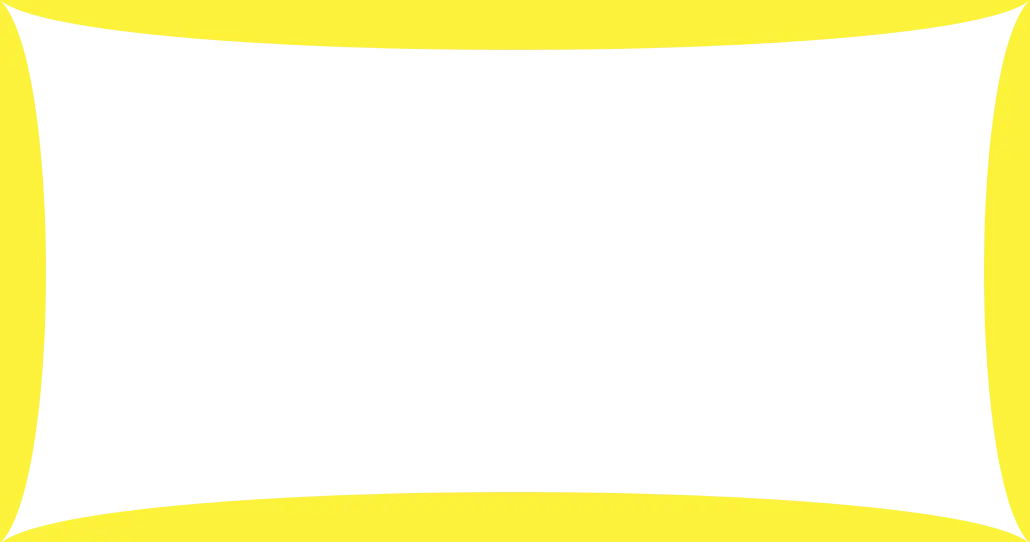KV62 - Tomb of Tutankhamun things to do, attractions, restaurants, events info and trip planning
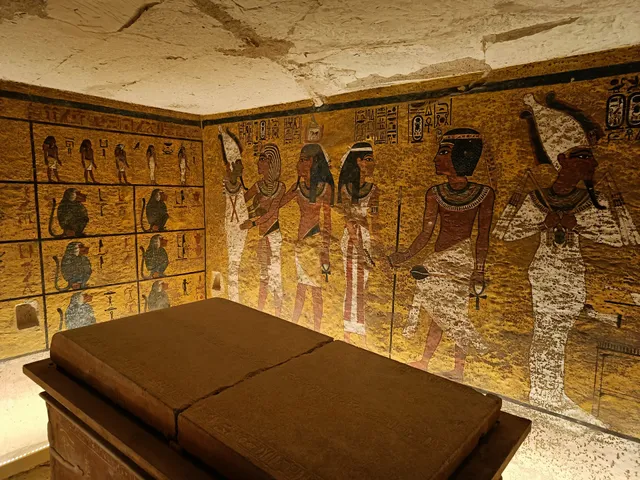
Basic Info
KV62 - Tomb of Tutankhamun
PJR2+4HV, Kings Valley Rd, Qena Desert, Qena Governorate 1340420, Egypt
4.6(565)
Open 24 hours
Save
spot
spot
Ratings & Description
Info
Cultural
Scenic
Accessibility
attractions: Valley of the Kings, Valley of the Kings, Luxor, KV9 Ramses V & VI, KV11 - Tomb of Rameses III, KV6 - Tomb of Ramses IX, KV17 - Tomb of Seti I, KV8 - Tomb of Merenptah, KV2 - Tomb of Ramses IV, KV16 Rameses I, KV7 - Tomb of Ramses II, restaurants:
 Learn more insights from Wanderboat AI.
Learn more insights from Wanderboat AI.Plan your stay

Pet-friendly Hotels in New Al Qarnh City
Find a cozy hotel nearby and make it a full experience.

Affordable Hotels in New Al Qarnh City
Find a cozy hotel nearby and make it a full experience.

The Coolest Hotels You Haven't Heard Of (Yet)
Find a cozy hotel nearby and make it a full experience.

Trending Stays Worth the Hype in New Al Qarnh City
Find a cozy hotel nearby and make it a full experience.
Reviews
Nearby attractions of KV62 - Tomb of Tutankhamun
Valley of the Kings
Valley of the Kings, Luxor
KV9 Ramses V & VI
KV11 - Tomb of Rameses III
KV6 - Tomb of Ramses IX
KV17 - Tomb of Seti I
KV8 - Tomb of Merenptah
KV2 - Tomb of Ramses IV
KV16 Rameses I
KV7 - Tomb of Ramses II
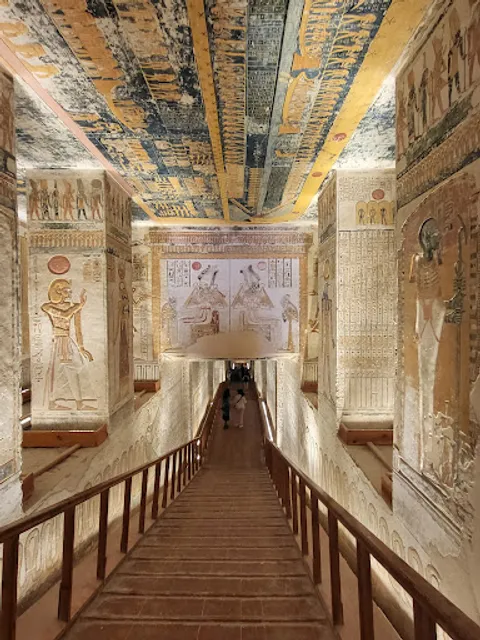
Valley of the Kings
4.8
(7.9K)
Open 24 hours
Click for details

Valley of the Kings, Luxor
4.8
(445)
Open 24 hours
Click for details
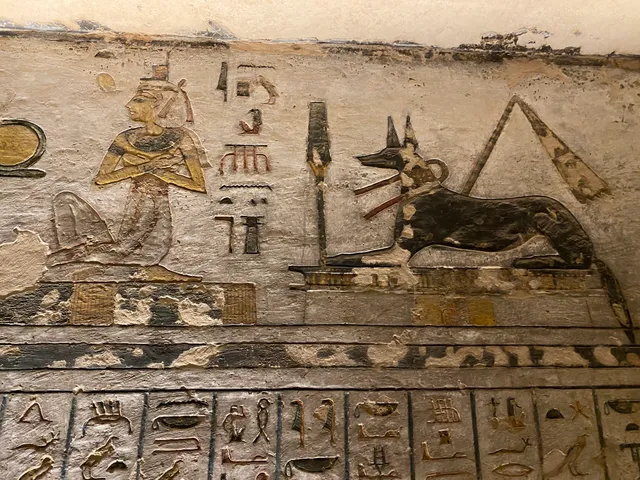
KV9 Ramses V & VI
4.9
(56)
Open 24 hours
Click for details
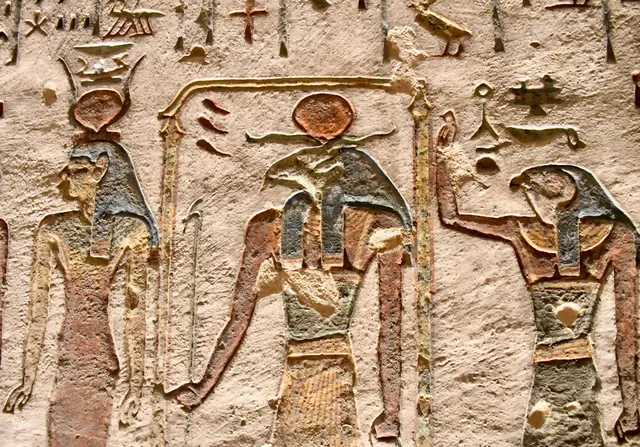
KV11 - Tomb of Rameses III
4.8
(83)
Open 24 hours
Click for details
Things to do nearby
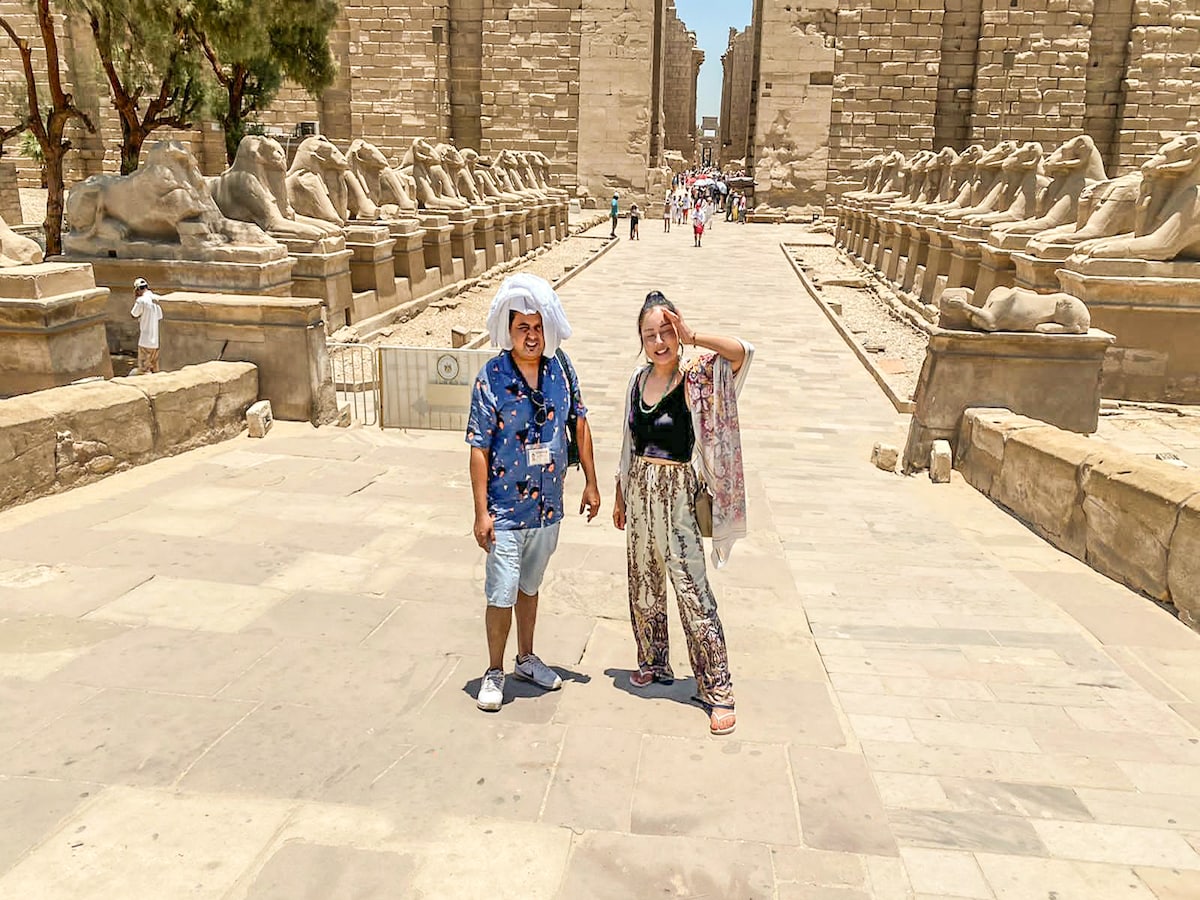
Private customized day trip in Luxor with Lunch
Thu, Jan 8 • 6:00 AM
Al Qarna, Luxor Governorate, 1340413, Egypt
View details
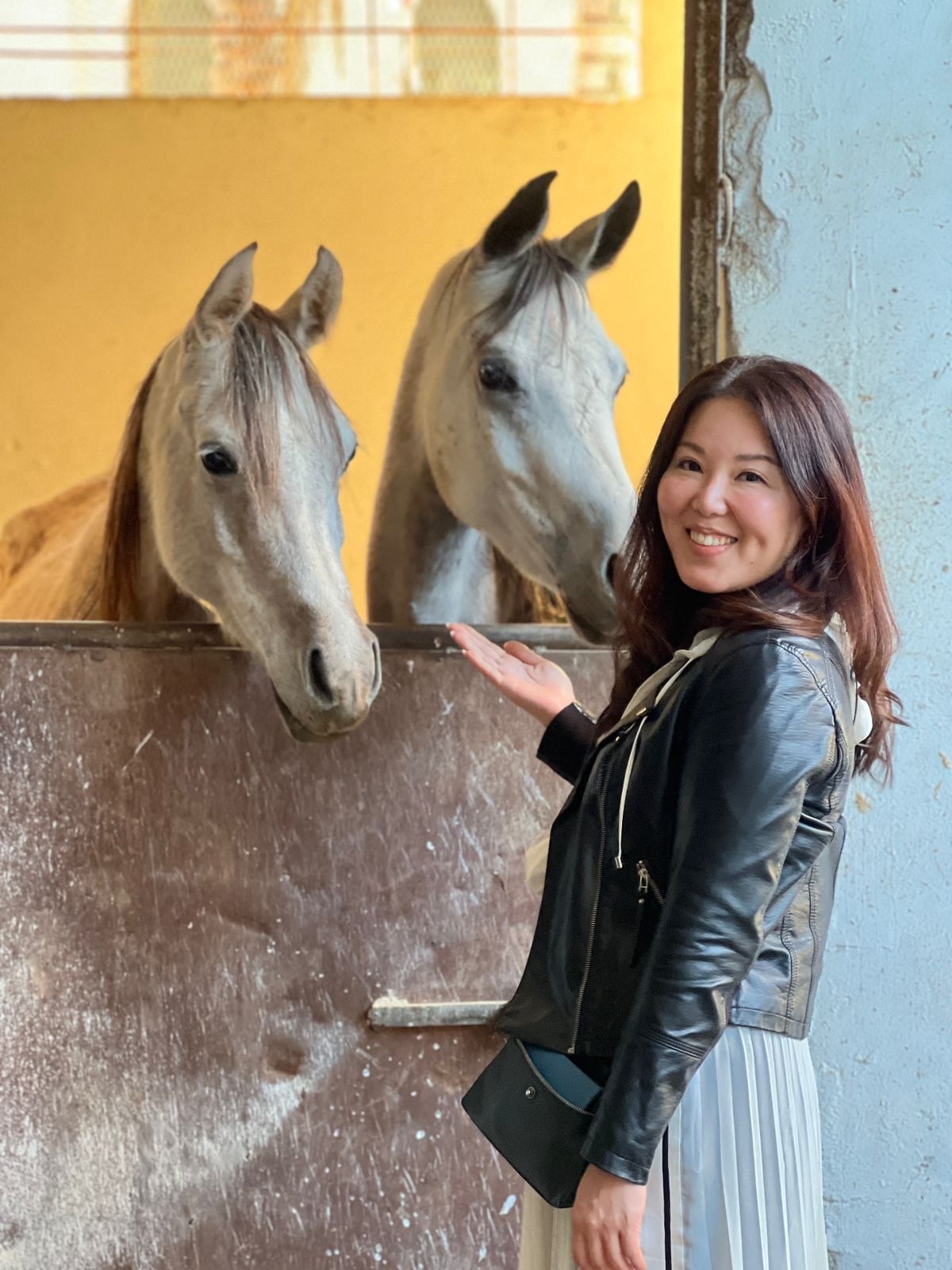
Morning at the Farm & Traditional Egyptian Snacks
Thu, Jan 8 • 2:00 PM
Luxor, Luxor Governorate, 11432, Egypt
View details
![[Private]Valley of The Kings Hatshpsut Habu &lunch](https://a0.muscache.com/im/pictures/Mt/MtTemplate-293927/original/25670b2a-c800-4702-8183-62c3b1a7490e.jpeg)
[Private]Valley of The Kings Hatshpsut Habu &lunch
Thu, Jan 8 • 5:30 AM
Luxor City, Luxor Governorate, 1362404, Egypt
View details

